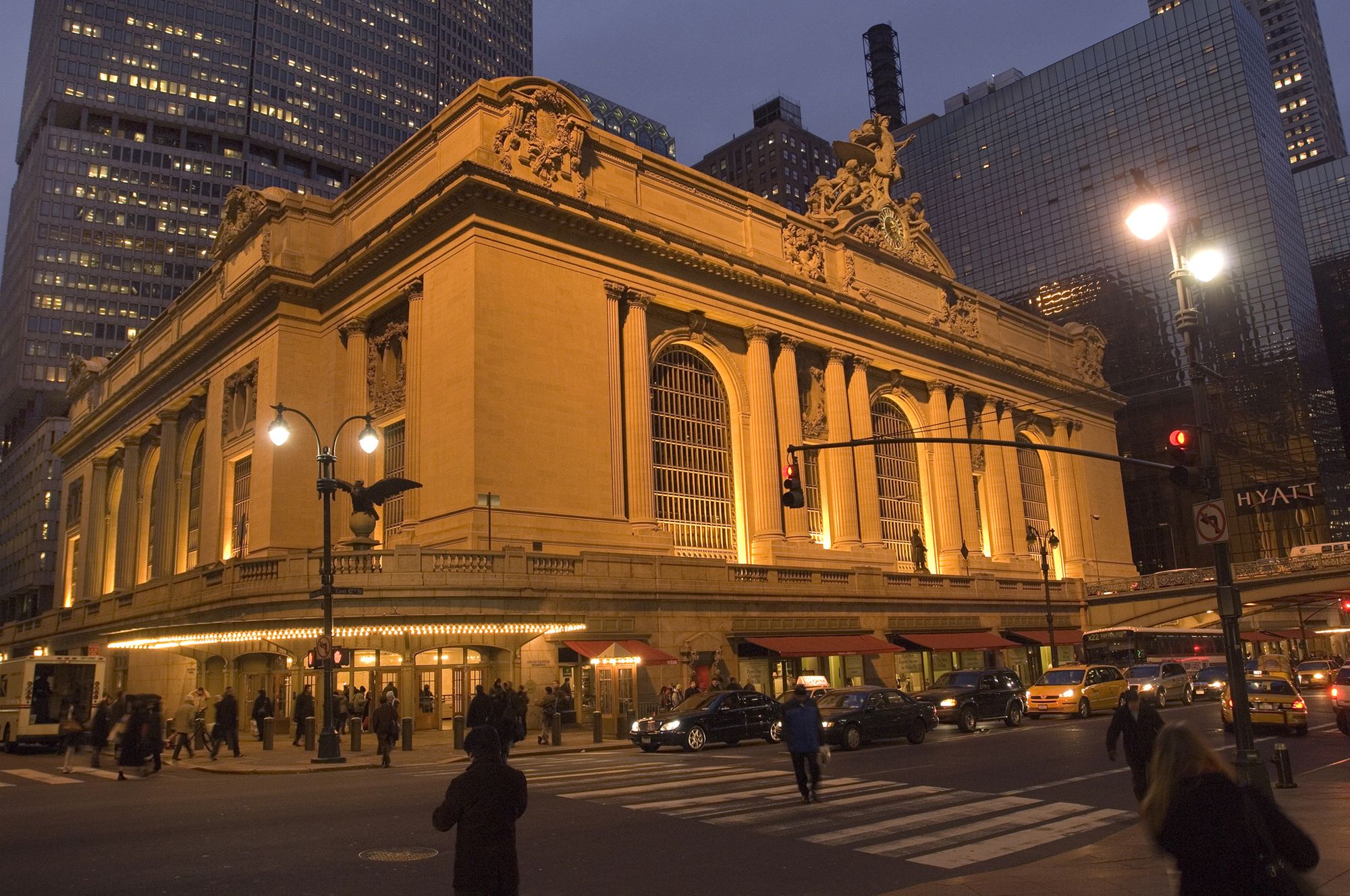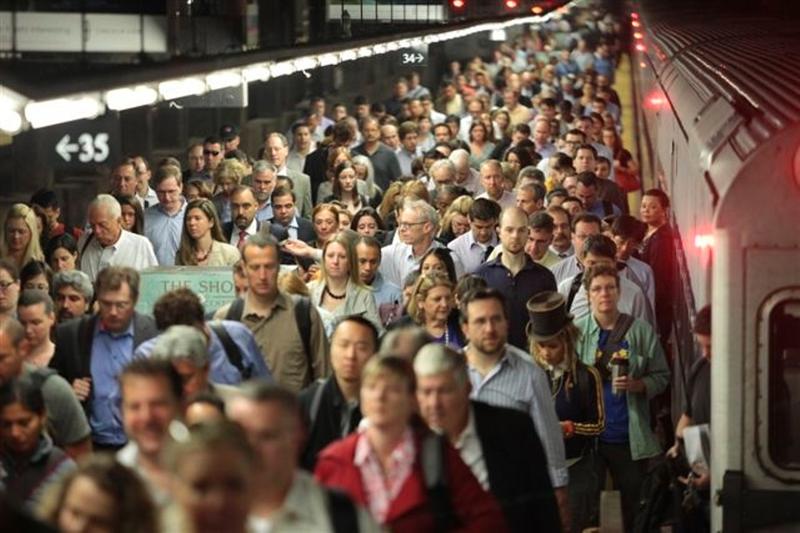Private Transport vs. Public Transport: Advantages and Differences

Whether it’s a business meeting in a different town or your daily commute to your place of work, the question of how you will reach your destination always arises. To get to your destination, you are likely to choose between two forms of transport.
You can use private transportation or you can opt for public transport. Understanding the differences between the two forms of transport is essential.
Private transportation
Private transportation, as the name implies, is just for you. You set the time, the place, and sometimes the vehicle, and you can just sit back and enjoy the solitude. From auto-rickshaw to having your own personal driver, myriad options abound. The simple definition is that you book your own transportation and no one can share it with you. Sounds entitled, but in many cases it is an absolute necessity.
In some instances such as getting to and from the airport, having your own private airport transportation can be a lifesaver. After a long flight on a crowded airplane, after navigating multiple crowded airports, having your own driver waiting right outside is the perfect respite.
Additionally, navigating in cities can be a case where hiring your own driver can be the way to go. Because of traffic, gaps in mass transit, confusing road networks and so many other issues, sometimes you need your own transportation. Because your time is worth money, and because it takes a lot of time to get around a big city, having private transportation can increase your efficiency and leave you with more of the most precious commodity… Time.
Lastly, to some, the extra style points you earn by having private transportation can be worth it. Showing up to a big meeting? A fancy dinner? A hot date? Adding some panache to your entrance and exit can give you the edge, in life, business, and love.
Public transport
Public transport is a form of travel that entails many people traveling together along selected routes. The most common means of public transportation are buses, trains, trams, and several airlines. Most public transport is run by governments or quasi-governmental agencies. They operate on schedules where they pass specific routes at different times throughout the day.
The accessibility and convenience of public transportation are one of its significant limitations. According to recent data by the American Public Transportation Association, 45% of Americans lack access to public transportation. This is because the most advanced public transport systems are mainly concentrated in urban areas where public demand for transport is high.
For instance, the frequency of Amtrak services in US cities depends on the city’s size and location among major rail routes. Towns along the NorthEast corridor, such as New York City and Washington DC, witness 50 trains per day.
On the other hand, cities such as Kansas and Dodge City, located on less frequent lines, see an average of only two trains per day.
The US has a number of public bus services. We have conventional bus systems which run on designated routes and make frequent stops to serve many people in the community. We also have bus rapid transit (BRT) systems that have a dedicated right of way where they signal prioritization to move quicker than regular vehicles.
Public vs private transport: The key differences
There is a significant difference between public and private transport. For travelers, choosing between the two forms of transport involves considering travel budgets, safety, and convenience. Below are the key differences between private transport and public transport.
Cost Factor
You do not incur maintenance costs, parking fees, cleaning costs, or fuel costs with mass transit. Also, public transportation is hugely subsidized by the government to benefit the public; hence, prices are low and equal. Mass transit is designed to be cheap.
Private transportation, on the other hand, is operated by individuals for profit. Passengers using private transport usually pay higher for the cost of services. If you drive your car, you have to incur fuel and maintenance costs that keep the vehicle running.
Ownership and structure
Public transportation is publicly owned and operated by government authorities or state-owned companies. It is funded by a combination of local, state, and federal agencies.
Private transportation, on the other hand, is operated by individuals whose goal is to make profits. They include public listed companies, small private companies, and everything in between.
Comfort
Passengers on public transport share buses and trains with a large number of strangers. If you love your space and value your comfort, the lack of both should necessitate you to choose private means.
Private transportation offers privacy since you can choose to travel alone. You travel in much nicer vehicles, pick your preferred temperature, don’t need to worry about your belongings or crazy strangers, and you get to control the environment.
Time
Public transportation involves picking and dropping passengers along designated routes. This makes it more time-consuming. For private transport, chauffeurs are always up to date with your schedules.
They are always ready and waiting to take you to the next destination and not the other way. This saves you lots of time that you could have lost waiting for public transport.

Advantages of using private transport
Personal service
You can choose to play your favorite tunes or decide to travel in a quiet environment. Add some air conditioning on a hot afternoon or the heat during winter. The choice is all yours when you are using private transport. If you have a personal driver or a part-time personal driver, they always know you by name and are always ready to assist you in luggage. Not only are you paying for solitude, you are paying for a custom service.
Safety
A chauffeur is not like any ordinary driver. They are subjected to quality background checks and licensing requirements before offering transport services. Also, most private transport vehicles are well maintained and in good condition. This is to ensure that they are in good working condition hence your safety is guaranteed. Chances are your chauffeur is highly experienced, qualified, and licensed, and is most likely one of the safest drivers on the road.
Convenience
Private transportation enables you to move anytime. You can easily order your groceries anytime you run out of stock, regardless of the time. This is unlike public transport, where you are at the mercy of timetables and trains and buses that operate during fixed times.
Flexibility
Private transport allows you to choose your routes. You do not have to follow any designated ways like in public transport. You can stop to say hi to an old friend on your way home wherever you want and resume your journey as you wish.

Advantages of public transportation
Reduce congestion
Currently, the American public transit system reduces travel time hours by 865,000,000 hours. This figure would be much higher if most American cities had better public transport networks like most European cities. Public transport reduces the number of vehicles on roads hence reducing congestion.
Cost
According to the American Public Transport Association, the average American household spends 93% of its transport costs maintaining and operating private cars. Using public transportation eliminates this costs. Besides maintenance costs, you do not have to incur parking fees and fuel costs. You only need to pay the fare.
Less pollution
A train or a bus can carry more people compared to a car using a single-engine. This helps in the reduction of carbon emissions. Also, lots of trains and trams use environmentally friendly electricity. Unless we see a surge in the use of electric vehicles, public transportation will always be the greener option.
Parking
With public transport, you do not have to worry about where to park. However, using private transportation means that you have to always look for parking space. It could get worse if you are working in downtown areas where parking is scarce and expensive.
Efficiency
Besides helping reduce carbon emissions, public transportation is also more efficient in utilizing fuel per passenger mile. Buses and trains can transport more people in one trip at a lower cost than when they use their cars.

